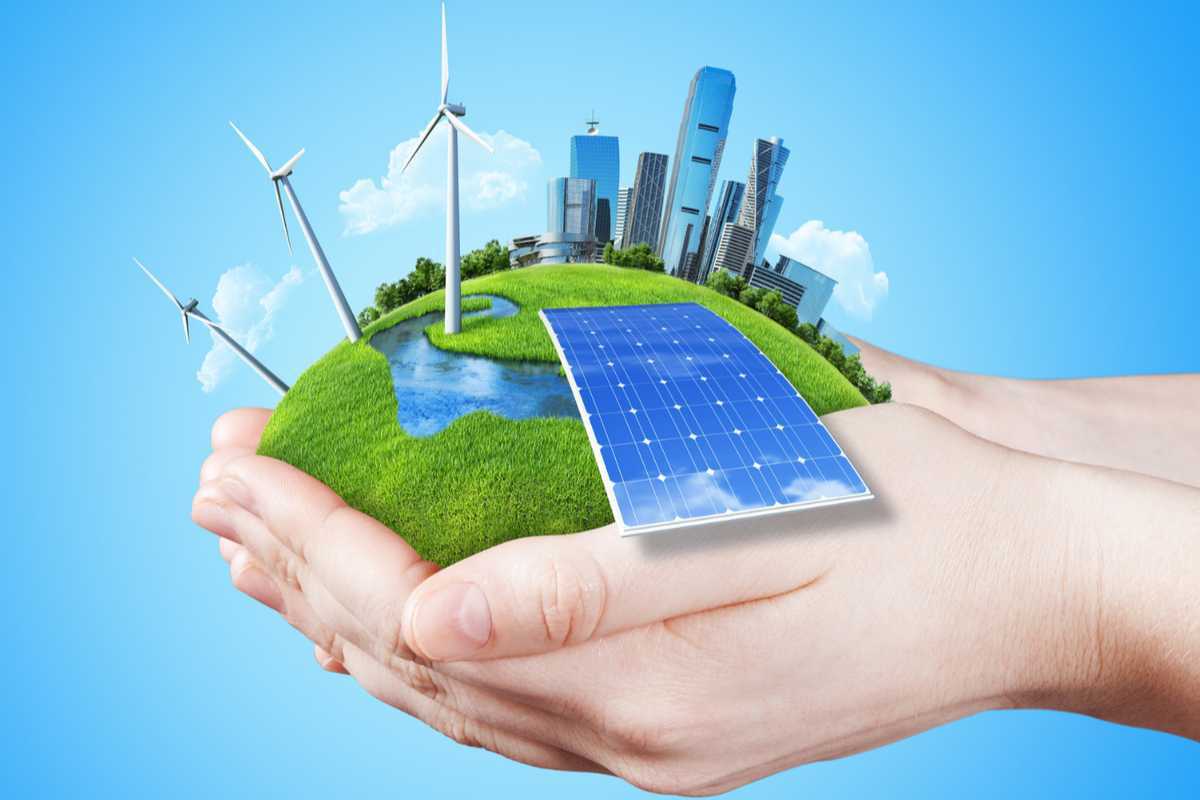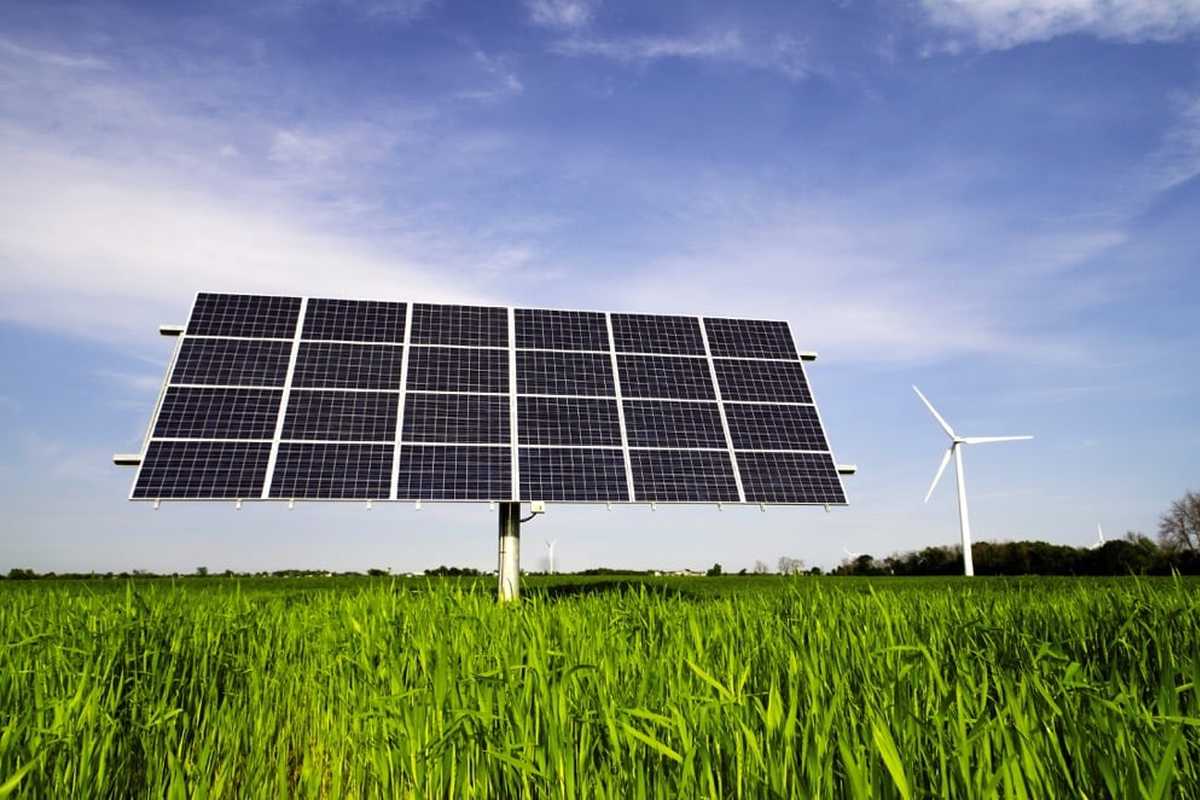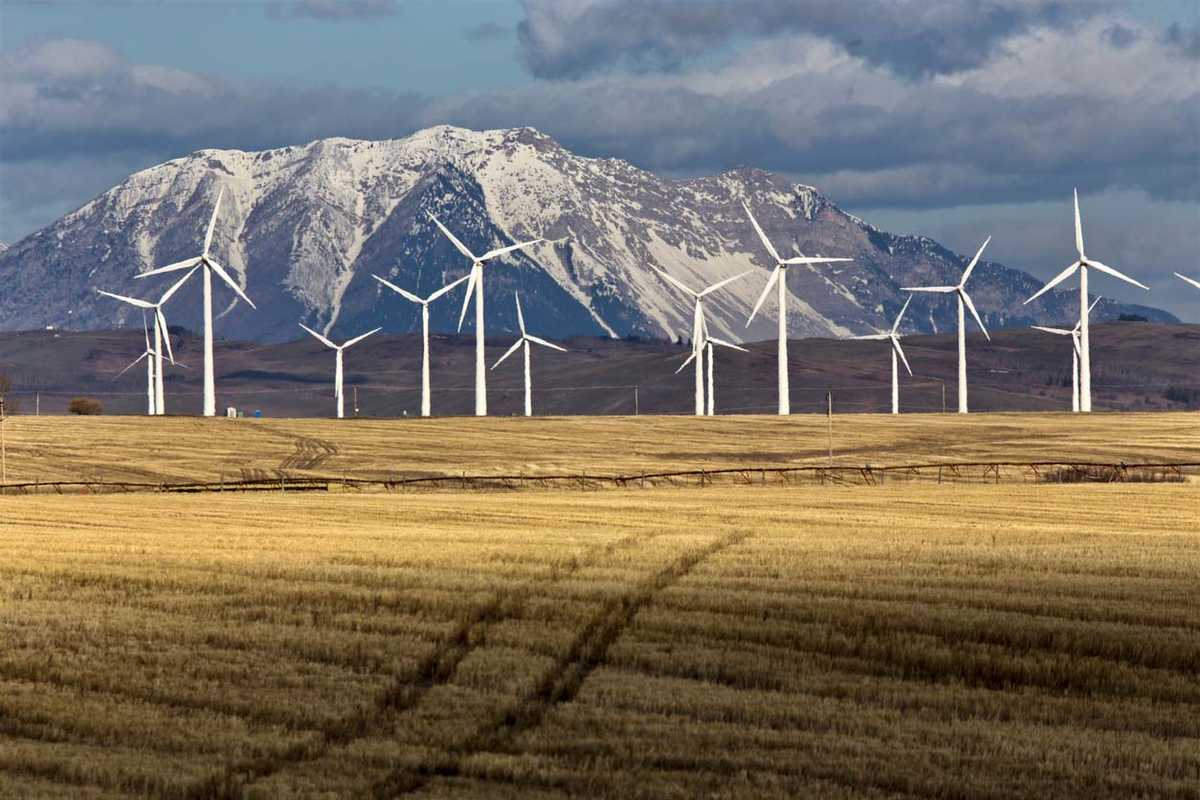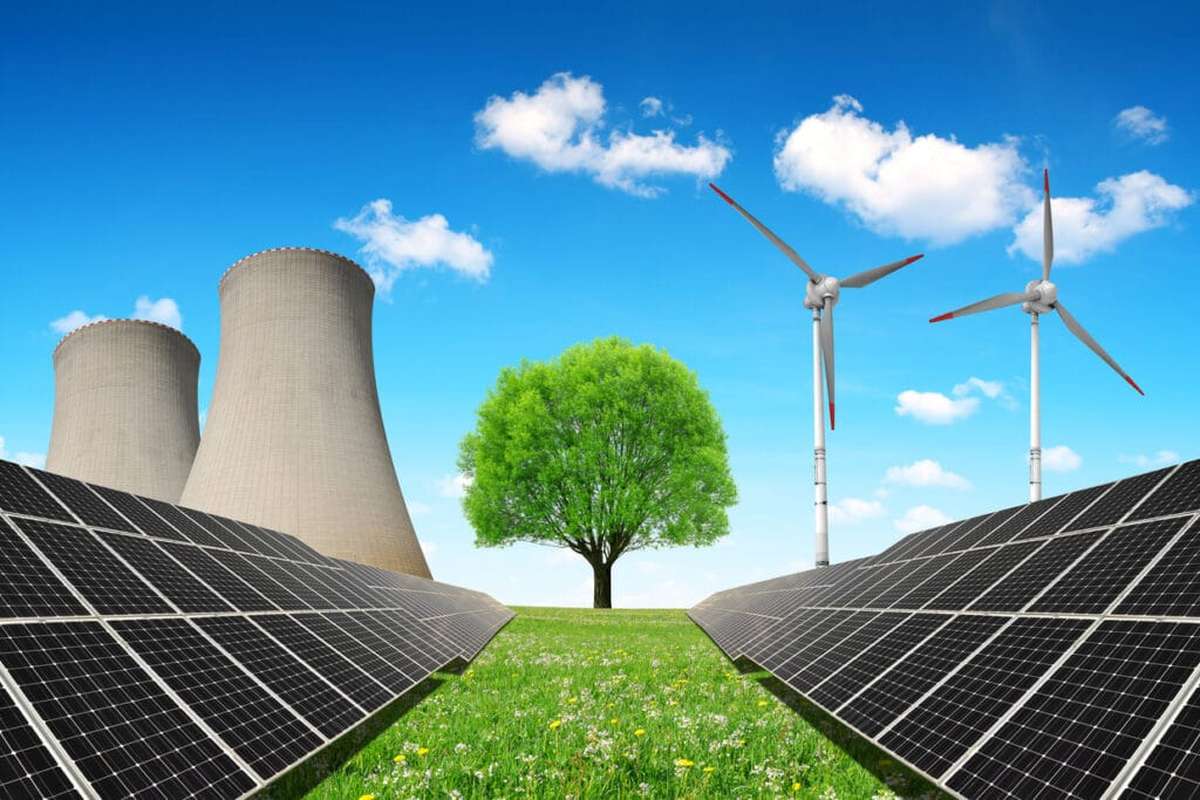Did you realize that Canada has maintained its status as a global leader in renewable energy for many years? As the second-largest country globally, Canada’s diversified geography offers significant renewable resources, including moving water, solar, wind, biomass, geothermal, and coastal tides, all available for energy production.
Surprisingly, a considerable number of Canadians are not aware that we already fulfill 68 percent of our electricity demand from renewables. Furthermore, over 17 percent of our country’s total primary energy supply comes from renewable sources, surpassing the average among OECD nations. We’ve only scratched the surface of the wealth of facts about renewables in Canada, so stay tuned for more revelations.
33 Canadian Renewable Energy Facts
Key Facts About Canada’s Renewable Energy Sector
- In 2020, Canada ranked as the seventh-largest producer of renewable energy globally [2].
- Canada derived 17.3% of its total energy supply from renewable sources in 2020, surpassing the OECD average of 11.9% and the global average of 14.7% [2].
- Between 2010 and 2020, renewable electricity generation in Canada experienced a significant 23% increase, with solar and wind leading the growth [2].
- A notable 68% of Canada’s electricity came from renewable sources in 2020 [2].
- As of 2022, there were 183 ongoing renewable technology projects in Canada, with a combined value of $116 billion [2].
- Environmental and renewable technology contributed $67.5 billion to the Canadian economy in 2020, representing 3.3% of the total gross domestic product (GDP) [2].
- The renewable technology sector supported 115,053 jobs in Canada in 2020, constituting approximately 1.6% of Canada’s total GDP [2].
- In 2020, Canada exported $14.3 billion worth of goods related to environmental and renewable technology [2].
Hydropower Facts in Canada
- In 2020, Canada ranked as the third-largest producer of hydroelectricity globally, contributing to 9% of the total global generation [2].
- Hydroelectric power played a dominant role, constituting 60.2% of Canada’s electricity supply in 2020 [2].
- Within Canada’s total renewable energy production in 2020, hydropower held a substantial share at 66.2% [2].
- Hydropower served as a primary electricity source for various provinces and territories across the country in 2020, with the following percentages of electricity supply [2]:
- Manitoba: 97%
- Newfoundland and Labrador: 95.8%
- Quebec: 93.6%
- British Columbia: 89.1%
- Yukon: 81.9%
- North West Territories: 38.1%
- Ontario: 25.2%
- Nova Scotia: 18%
Wind & Solar Power Facts in Canada
- As of the end of 2022, Canada secured the 8th position globally for installed wind energy capacity [1].
- Prince Edward Island leads in wind power, contributing 98.7% to its electricity generation, followed by Nova Scotia at 14.4% [2].
- In 2020, Canada ranked 22nd worldwide for installed solar energy capacity [1].
- Across Canada, there are approximately 48,000 solar energy installations [1].
- National solar energy capacity experienced a robust growth of 25.8% in 2022 [1].
- Wind energy capacity across Canada saw an increase of 7.1% in 2022 [1].
- Wind power contributed 5.5% to Canada’s electricity generation in 2020 [2].
- Wind and solar energy collectively met approximately 7% of Canada’s 2020 electricity demand in 2021 [1].
- By the end of 2022, Canada boasted nearly 15 gigawatts (GW) of installed wind capacity and over 4 GW of major solar energy, totaling 19 GW of renewable energy capacity [1].
- The wind, solar, and energy storage sector experienced a commendable growth rate of 10.5% [1].
- Canada added more than 1.8 GW of new generation capacity in 2022, surpassing the growth from the previous year (1 GW in 2021) [1].
- CanREA foresees the addition of over 5 GW of wind and 2 GW of major solar in the short term (2023-5) [1].
- CanREA is actively working towards unlocking substantial opportunities for renewable energy in the coming years [1].
- Across the country, Canada hosts 196 major solar energy projects generating power [1].
- Canada boasts 318 wind energy projects generating power [1].
- Alberta is home to Canada’s largest wind farm, the Blackspring Ridge Wind Project, with a capacity of 301 MW [1].
Biomass & Hydrogen Facts in Canada
- Solid biomass contributed significantly, constituting 23.2% of Canada’s renewable energy supply in 2020 [2].
- In 2021, there were 38 operational co-generation units at pulp and paper mills and 35 Independent Power Providers utilizing biomass in Canada [2].
- Canada secured the eighth position globally as a biofuels producer, representing 1% of the total global production in 2020 [2].
- Currently, Canada ranks among the top 10 hydrogen producers globally, producing an estimated 3 Mt of hydrogen annually [2].
- By 2017, Canada housed over 100 established hydrogen and fuel cell companies covering the entire value chain. These companies provided employment to over 2,100 people in direct jobs, generated revenues exceeding $200 million, and invested $91 million in research, development, and deployment (RD&D) [2].
Current Canadian Renewable Energy Projects
Canada is presently undertaking numerous renewable energy initiatives set to contribute thousands of additional megawatts to the electricity grid. Explore the full roster of these renewable projects at:
- University of Alberta – Canadian Renewable Energy Project Map
Canada is a Global Leader in Renewables
If these 30+ facts on renewables in Canada haven’t convinced you of our global leadership in wind, solar, hydro, and similar energies, we’re not sure what will!
Canadians should acknowledge our nation’s world-class achievements in reducing emissions by advancing renewable energy and embracing new innovations. We stand at the forefront of global leaders in renewable energy, and this is a source of pride.
Join us online to delve deeper into Canada’s exceptional energy sector by connecting on Twitter, Instagram, and Facebook today! Explore ways to engage with our growing movement that supports Canada’s natural resource sectors, along with the associated jobs and prosperity. We look forward to your participation!




